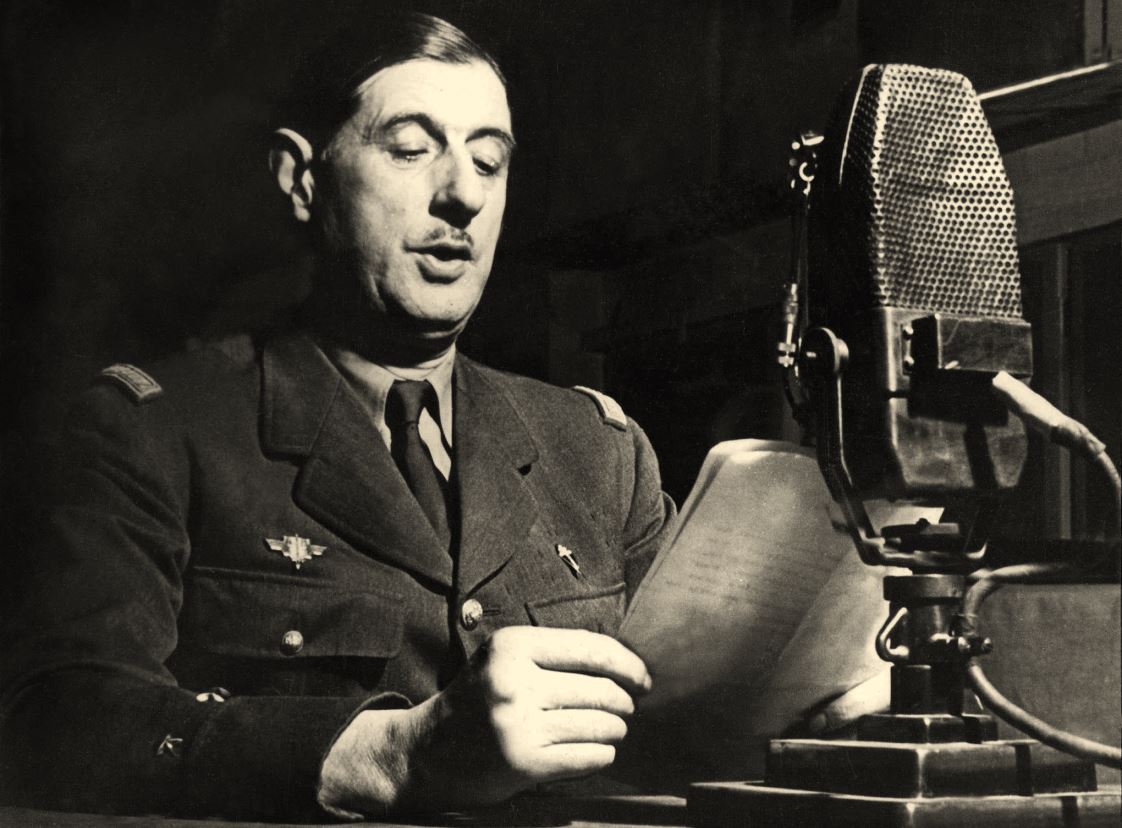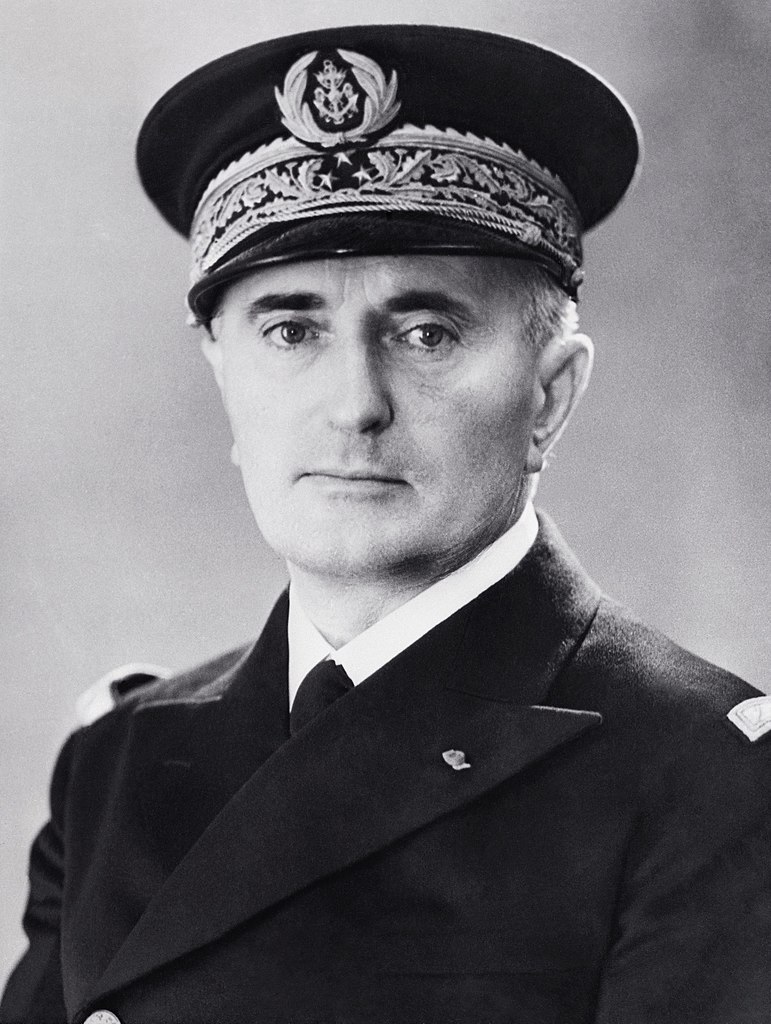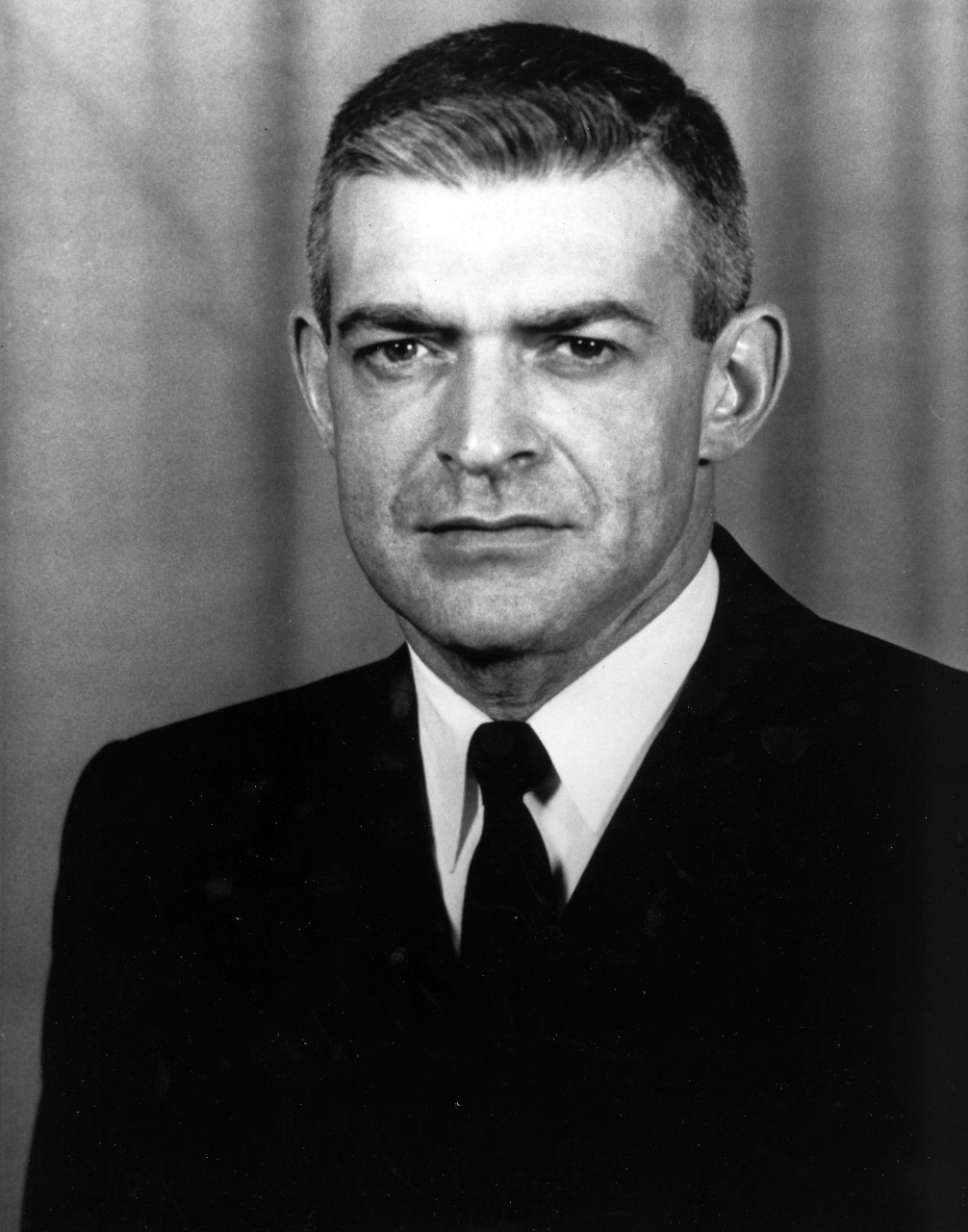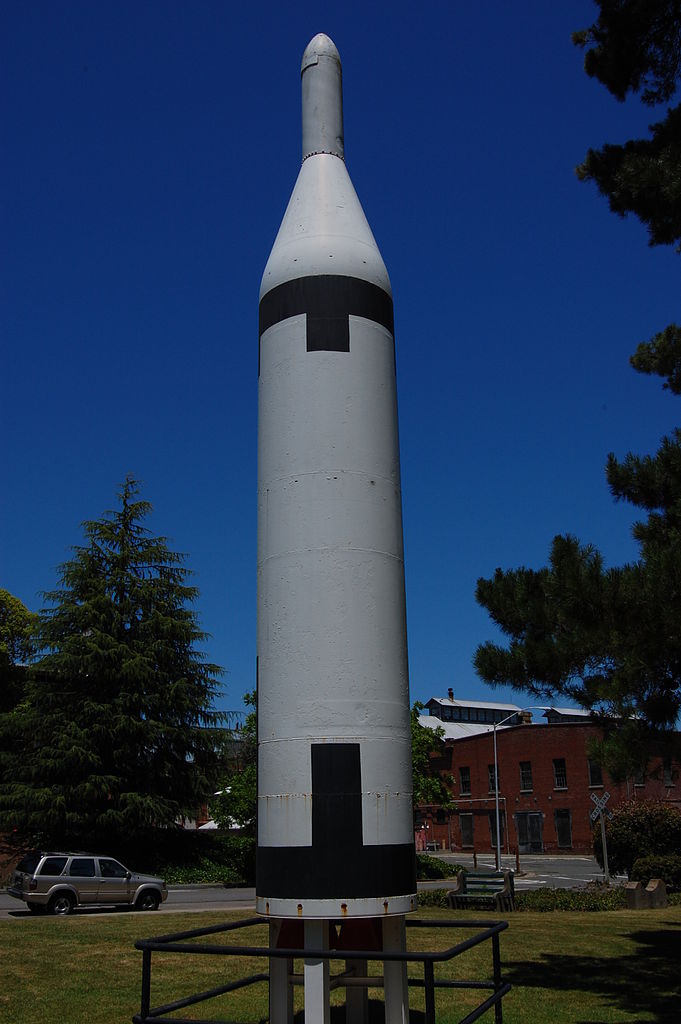In 1940, the French fleet was the 4th-largest in the world, and the French defeat raised the very real possibility that it would fall into German and Italian hands, tipping the balance of naval power in Europe. The French were determined that this would not be allowed to happen, and evacuated as many ships as they could to their African colonies. But Churchill wasn't willing to accept their assurances, and on July 3rd, took more forceful measures to make sure the French ships didn't become a threat to British interests. Ships in British ports were seized, while a task force arrived off Mers-el-Kebir, Algeria, with an ultimatum for the ships there to either join the British or be sunk. The French chose the latter option, and the British opened fire, sinking two battleships and badly damaging a third, Dunkerque.

Andrew Cunningham
This caused major problems for the last major French force within easy reach of the British, Force X at Alexandria, sent to aid the British in protecting the eastern Mediterranean. The British commander, Andrew Cunningham, received orders to give his French counterpart, Rene-Emile Godfroy, the same ultimatum that had been delivered at Mers-el-Kebir, but the two men agreed that no actions would be taken that day, despite both sides receiving orders over the radio that would have caused a massacre. Tensions remained very high on the 4th, and Cunningham ordered his ships to stop aiming at the French, while Godfroy insisted that his crews adhere as closely as possible to normal peacetime routine. The sight of French sailors scrubbing the decks, painting, and even swimming did as much as anything to lower the risks of shooting breaking out. Read more...






Recent Comments